Washing and drying clothes significantly impact the environment, primarily through the consumption of water and energy. Conventional washing machines use up to 40 gallons of water per load, contributing to water scarcity in many regions. The energy required to heat water and power washing machines and dryers generates a substantial carbon footprint. The release of microfibers from synthetic fabrics during washing exacerbates pollution in waterways. These microplastics bypass sewage treatment plants and accumulate in oceans, harming marine life and entering the food chain. According to a study published in Environmental Science & Technology, an estimated 1.7 million tons of microfibers are released annually from washing clothes, underscoring the need for more sustainable laundry practices (Browne et al., 2011).
The use of laundry products containing harmful chemicals poses significant health risks. Common chemicals in detergents and fabric softeners include sodium lauryl sulfate (SLS), sodium laureth sulfate (SLES), phthalates, parabens, and synthetic fragrances. These substances can cause skin irritation, allergic reactions, and respiratory issues. For instance, SLS and SLES, often used as surfactants, can strip the skin of natural oils, leading to dryness and irritation. Phosphates, which help soften water and improve cleaning efficiency, can cause algal blooms in water bodies, leading to oxygen depletion and harm to aquatic ecosystems. According to the American Lung Association, synthetic fragrances in laundry products can emit volatile organic compounds (VOCs) that contribute to indoor air pollution and respiratory problems (American Lung Association, 2020).
Scientific research has highlighted the health effects of exposure to these chemicals. A study published in Environmental Health Perspectives found that phthalates, used to stabilize synthetic fragrances, are endocrine disruptors linked to reproductive and developmental issues (Swan, 2008). Another study in the Journal of Allergy and Clinical Immunology indicated that fragrances and preservatives in laundry products could exacerbate asthma and allergies, particularly in children (Venn et al., 2003). Continuous exposure to these chemicals, even in small amounts, can accumulate in the body over time, leading to chronic health conditions. By choosing non-toxic, eco-friendly laundry products, individuals can reduce their environmental footprint and minimize potential health risks associated with harmful chemicals.
Upgrading how you do laundry can have a big impact on your health and the environment. Here are 12 tips for nontoxic and ecofriendly laundry:
1. Use nontoxic detergents
Using natural detergents is better for your health because they typically contain fewer harmful chemicals and synthetic additives that can cause skin irritation, allergic reactions, and respiratory issues. Natural detergents are often made from biodegradable, plant-based ingredients that are gentle on the skin and the environment. They lack common irritants such as sodium lauryl sulfate (SLS), sodium laureth sulfate (SLES), phthalates, parabens, and synthetic fragrances, which have been linked to various health problems.
When buying natural detergents, look for labels that specify “biodegradable,” “plant-based,” “non-toxic,” and “free from phosphates, artificial fragrances, and dyes.” Certifications such as ECOCERT, USDA Organic, or the EPA’s Safer Choice label can also help ensure that the product meets certain health and environmental standards. Additionally, reviewing the ingredient list and opting for products with transparent labeling can help you avoid potentially harmful substances.
Here are a few of my favorite natural and non-toxic laundry detergents:
2. Make your own laundry detergent
Making your own laundry detergent offers numerous benefits, including cost savings, environmental sustainability, and the ability to control the ingredients used. Homemade detergents are often cheaper than store-bought options, reducing household expenses. Environmentally, they minimize plastic waste since you can reuse containers, and they typically involve biodegradable ingredients, reducing water pollution.
Additionally, DIY detergents eliminate exposure to harmful chemicals found in many commercial products, making them safer for sensitive skin and reducing the risk of allergies. Common ingredients for homemade laundry detergent include washing soda (sodium carbonate), baking soda (sodium bicarbonate), castile soap (a plant-based soap), and borax (sodium borate). Essential oils can be added for natural fragrance, and white vinegar can be used as a fabric softener. These ingredients are effective cleaners and gentle on the skin, providing a non-toxic alternative to conventional detergents.
3. Wash with cold water
Washing clothes in cold water offers numerous benefits, both for the environment and for the longevity of your garments. Firstly, it significantly reduces energy consumption, as heating water accounts for a large portion of the energy used in laundry cycles. This reduction in energy usage translates to lower utility bills and a smaller carbon footprint, helping to mitigate climate change.
Cold water is also gentler on fabrics, preventing colors from fading and fibers from breaking down, which extends the life of your clothes and reduces waste. Additionally, modern detergents are formulated to be effective in cold water, ensuring that clothes are cleaned just as thoroughly as they would be in warm or hot water. By choosing to wash in cold water, you can maintain the quality of your clothes while making a positive impact on the environment.
4. Wash full(ish) loads only
Washing full loads of laundry is an environmentally beneficial practice as it maximizes the efficiency of water and energy use. When washing machines are run with full loads, they operate at their optimal capacity, reducing the number of cycles needed and thereby conserving water and energy. This efficiency means less water is wasted, which is crucial in regions facing water scarcity, and less energy is consumed, which lowers greenhouse gas emissions associated with electricity production.
Additionally, fewer washing cycles lead to a decrease in the wear and tear on both clothes and the washing machine itself, extending the lifespan of garments and appliances. By consistently washing full loads, households can significantly reduce their environmental footprint, contributing to more sustainable living practices.
5. Use non-toxic and ecofriendly fabric softeners
Eco-friendly fabric softeners offer a greener alternative to conventional softeners by using natural, biodegradable ingredients that minimize environmental impact. Traditional softeners often contain chemicals that can be harmful to aquatic life when washed into waterways and may cause skin irritation. In contrast, natural fabric softeners such as distilled white vinegar or wool dryer balls are safe and effective.
Vinegar naturally balances the pH of soap, leaving fabrics soft and residue-free without the use of synthetic chemicals. Wool dryer balls reduce drying time by helping to separate fabric, which allows more efficient air circulation. Not only do these alternatives avoid the release of harmful chemicals into the environment, but they also reduce energy consumption and prolong the life of clothing by maintaining fabric integrity. Opting for these natural solutions supports a healthier ecosystem and reduces one’s carbon footprint.
When it comes to fabric softeners, I am a big fan of adding plain old white vinegar to my washing machine, but like to switch up what I put in my dryer with wet clothes. Here are the products that I most often use:
6. Air dry when possible
Air drying clothes instead of using a tumble dryer offers significant energy savings and benefits for garment longevity. Tumble dryers are among the highest energy-consuming appliances in the home, with an average dryer using approximately 2-4 kilowatt-hours (kWh) per cycle. Compare this to the average refridgerator’s energy use which is 1-2 kWh per day – and that’s running all the time.
By air drying clothes, you can eliminate this energy use entirely, significantly reducing household energy consumption and lowering utility bills.
Moreover, air drying is far gentler on fabrics than the intense heat and mechanical action of a dryer. This gentleness helps prevent the breakdown of fibers, fading of colors, and shrinkage of materials, thus extending the life of garments. Clothes that are air dried typically retain their color and shape longer, reducing the need for frequent replacements and promoting a more sustainable approach to wardrobe management. This method not only conserves energy and saves money but also aligns with eco-friendly practices by reducing carbon emissions and textile waste.
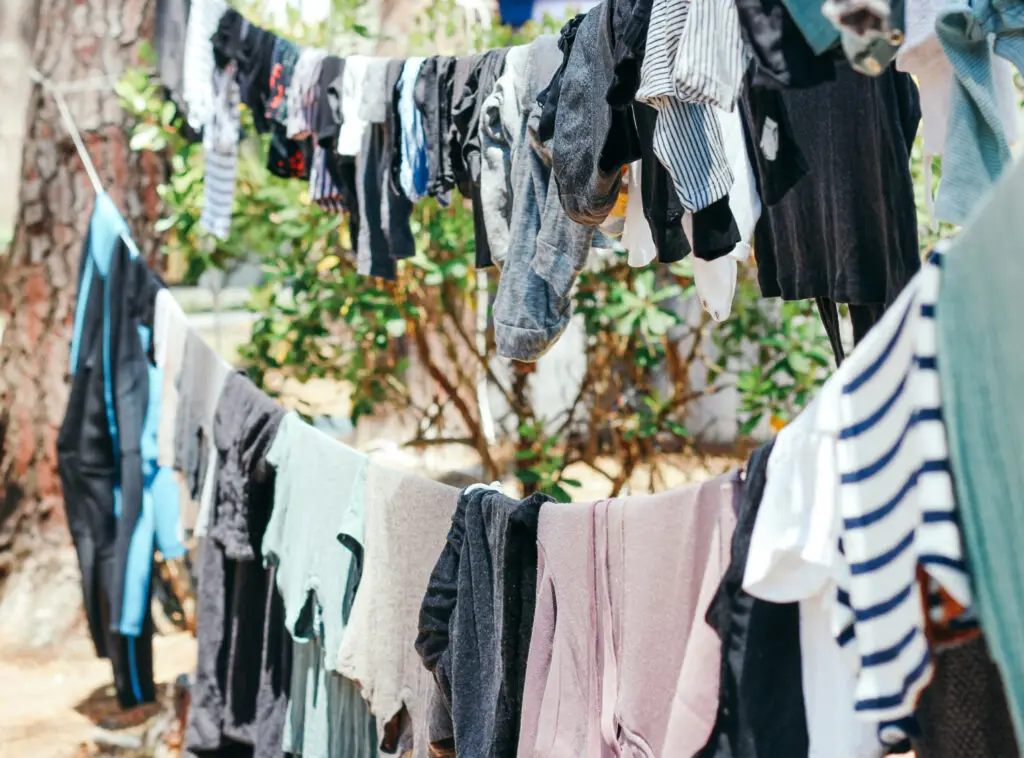
7. Use an efficient washing machine
Using energy-efficient washing machines offers substantial benefits, primarily through reduced water and energy consumption. These appliances are designed to use significantly less water per load compared to older models, which not only conserves a precious resource but also reduces the energy required for heating the water. For instance, efficient models can cut water usage by up to 50% per load.
In terms of energy, these machines are optimized to consume less electricity during operation, which can lead to considerable savings on utility bills. This efficiency is achieved through advanced technologies such as variable-speed motors and sophisticated wash systems that adjust water levels and wash actions based on the load size. Moreover, by being gentler on fabrics, efficient washing machines also extend the life of clothing, thereby reducing waste and the frequency of textile replacement.
8. Reduce microfiber pollution
Microfiber pollution from laundry is a significant environmental issue, as these tiny synthetic fibers shed from clothing—especially those made from polyester, nylon, and other plastics—during washing. These microfibers are so small that they can evade most wastewater treatment systems, ending up in rivers, oceans, and even drinking water, posing threats to aquatic life and potentially entering the human food chain.
To minimize or avoid microfiber pollution, individuals can take several proactive steps. One effective method is using a laundry bag or ball designed to catch fibers or install a lint filter or a microfiber catching device on your washing machine’s discharge hose. Additionally, opting for natural fibers like cotton, linen, or wool, which shed less and are biodegradable, can significantly reduce the amount of microfiber released. Reducing the frequency of washes and using gentler, shorter wash cycles can also lessen the amount of fibers shed during laundry processes. These practices not only help protect the environment but also extend the life of your garments.
Pet Hair and Lint Catcher (for top loading machines)
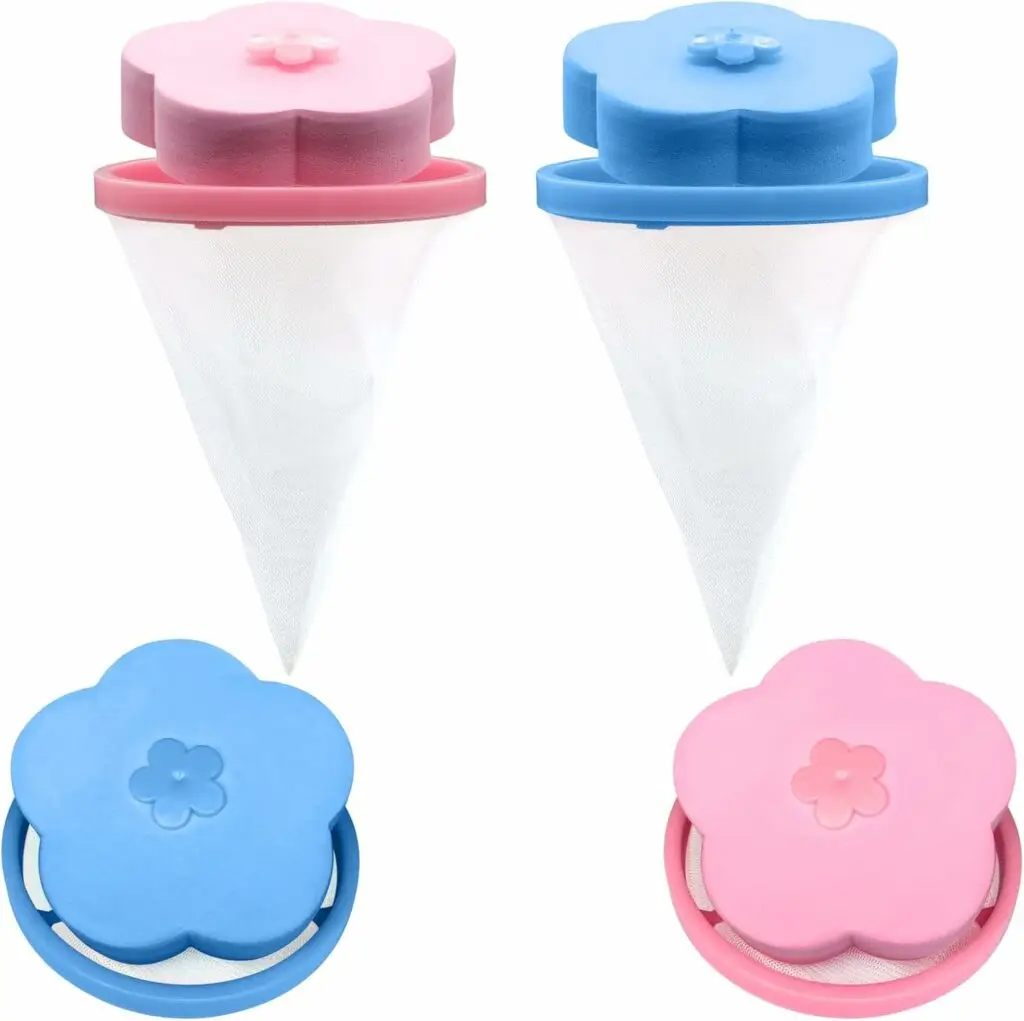
9. Use non-toxic stain removers
Nontoxic stain removers provide a safe and effective alternative to traditional stain removal products, which often contain harsh chemicals that can be harmful to both human health and the environment. These natural options typically use ingredients like white vinegar, baking soda, lemon juice, and hydrogen peroxide, which are not only effective at breaking down stains but are also biodegradable and non-toxic. For instance, white vinegar is excellent for tackling odor and mild stains, while baking soda can be used to absorb grease and oil.
Lemon juice acts as a natural bleaching agent for light-colored fabrics, and hydrogen peroxide works well on organic stains such as blood or wine. By choosing these eco-friendly solutions, you not only avoid exposing your household and the environment to aggressive chemicals found in conventional stain removers but also contribute to a healthier, more sustainable cleaning practice. Additionally, many eco-friendly stain removers come in minimal or recyclable packaging, further reducing their environmental impact.
10. Reusable cleaning tools
Reusable cleaning tools for clothes are an eco-friendly alternative to disposable products, helping to reduce waste and environmental impact. Options such as microfiber cloths, natural sponges, and wooden brushes are durable, effective, and can be used multiple times for various cleaning tasks. Microfiber cloths are particularly versatile, ideal for removing lint and gentle scrubbing without damaging fabrics.
Natural sponges can be used for spot cleaning and hand-washing delicate items, while wooden brushes with natural bristles provide a sustainable choice for scrubbing tougher stains or refreshing garments without washing.
Investing in these reusable tools not only diminishes the reliance on single-use products, like paper towels and synthetic sponges, but also encourages more sustainable laundering practices. These tools often perform better over time, offering a deeper clean and more durability than their disposable counterparts, making them both a practical and environmentally conscious choice for modern households.
11. Natural odor control
I’ll be honest, I love when my clothes smell clean fresh out of the dryer and the scent lasts until I get around to wearing them. Achieving fresh-smelling clothes without relying on dryer sheets or chemical-laden products is simple and eco-friendly with natural alternatives. One effective method is to add a few drops of essential oils, such as lavender, lemon, or eucalyptus, to wool dryer balls; these balls help soften fabrics and can be infused with scents that endure through the drying process.
Alternatively, adding a cup of white vinegar to the wash cycle can neutralize odors without leaving a vinegar scent. For those who air dry clothes, hanging laundry outdoors can imbue fabrics with a pleasant, fresh-air scent naturally. Additionally, baking soda added during the washing cycle can absorb and eliminate odors effectively. These methods not only leave clothes smelling fresh but also avoid the potential skin irritants and environmental harm associated with synthetic fragrances and chemicals.
There are also several options for non-toxic and zero waste scent boosting products available these days. I’ve provided a couple of my favorite ones below.
12. Choose eco-friendly packaging
Laundry products with eco-friendly packaging are part of a growing trend towards sustainable consumer goods that minimize environmental impact. These products often come in packaging made from recycled materials, biodegradable plastics, or even plant-based materials that can compost naturally.
Brands are increasingly using refillable containers that significantly reduce the need for disposable plastic. Some innovative companies offer concentrated laundry detergents that require less packaging per wash, or paper sachets that dissolve in the wash, eliminating packaging waste entirely.
By choosing products with eco-friendly packaging, consumers not only reduce the volume of waste going to landfills but also support practices that promote the use of sustainable materials and resource conservation. This shift in packaging practices is a crucial step towards reducing the environmental footprint of daily household chores and fostering a more sustainable lifestyle.
In summary...
Adopting non-toxic and eco-friendly laundry practices is not only beneficial for the environment but also enhances your health and prolongs the life of your garments. By switching to natural detergents, optimizing energy and water use, and utilizing sustainable cleaning tools, you can significantly reduce your ecological footprint.
I encourage you to take the first step today towards a greener laundry routine by choosing one or more of these nontoxic and sustainable practices. Whether it’s making your own detergent, using cold water for washes, or opting for air drying, every small change contributes to a larger positive impact on our planet. Join the movement towards a more sustainable future—one load of laundry at a time.
References
- American Lung Association. (2020). Cleaning Supplies and Household Chemicals. Retrieved from American Lung Association
- Browne, M. A., Crump, P., Niven, S. J., Teuten, E., Tonkin, A., Galloway, T., & Thompson, R. (2011). Accumulation of microplastic on shorelines worldwide: Sources and sinks. Environmental Science & Technology, 45(21), 9175-9179.
- Swan, S. H. (2008). Environmental phthalate exposure in relation to reproductive outcomes and other health endpoints in humans. Environmental Research, 108(2), 177-184.
- Venn, A. J., Cooper, M., Antoniak, M., Laughlin, C., Britton, J., & Lewis, S. A. (2003). Effects of volatile organic compounds, damp, and other environmental exposures in the home on wheezing illness in children. Journal of Allergy and Clinical Immunology, 111(2), 242-250.
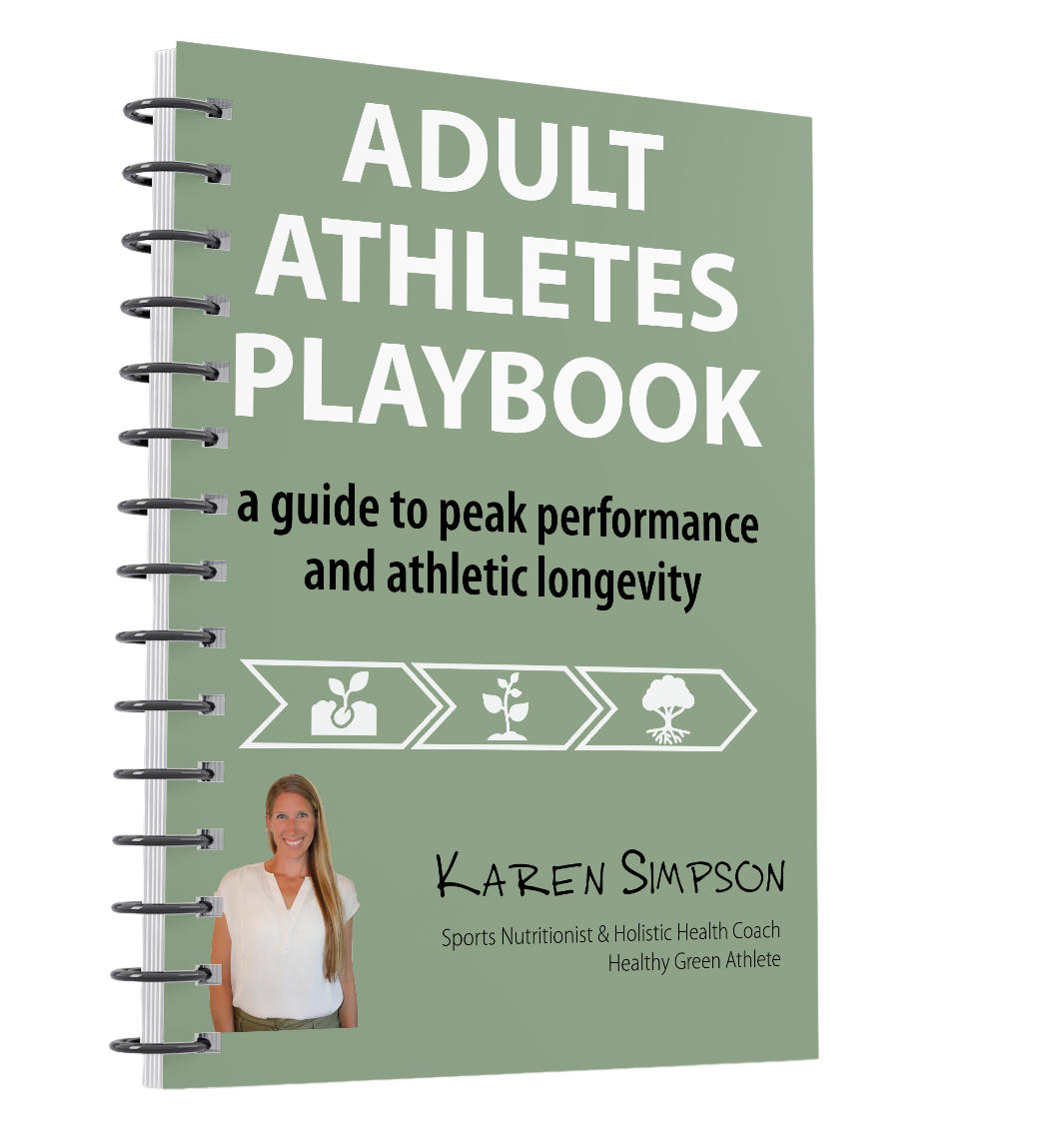
Adult Athletes Playbook
A Guide to Peak Performance and Athletic Longevity
This playbook will help you develop and implement a personalized game plan for improving athletic performance.
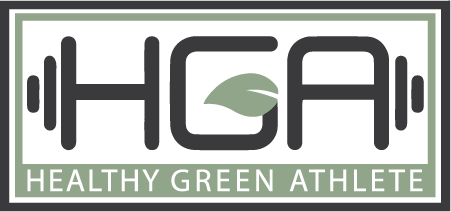

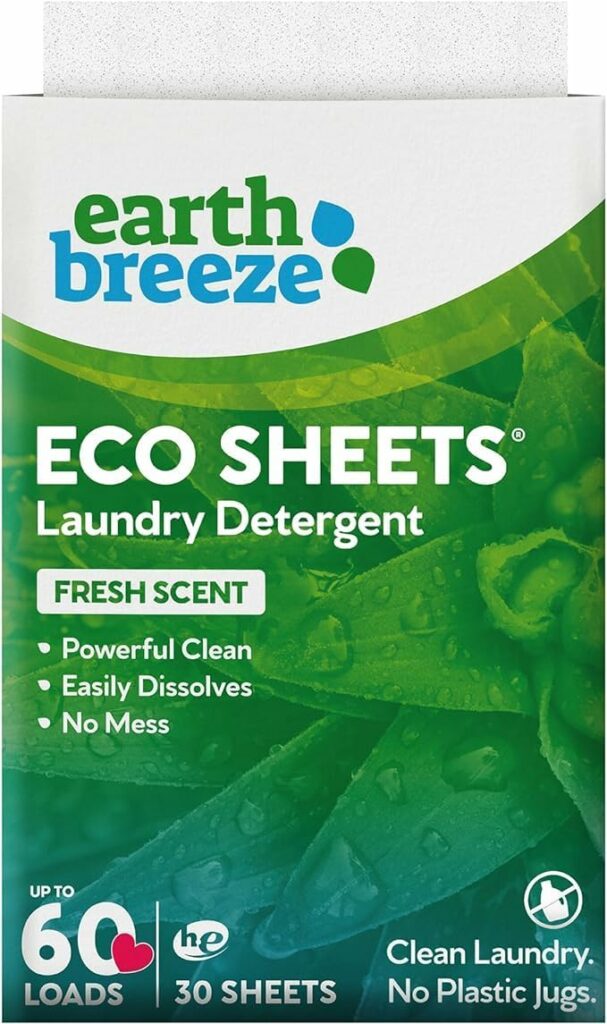
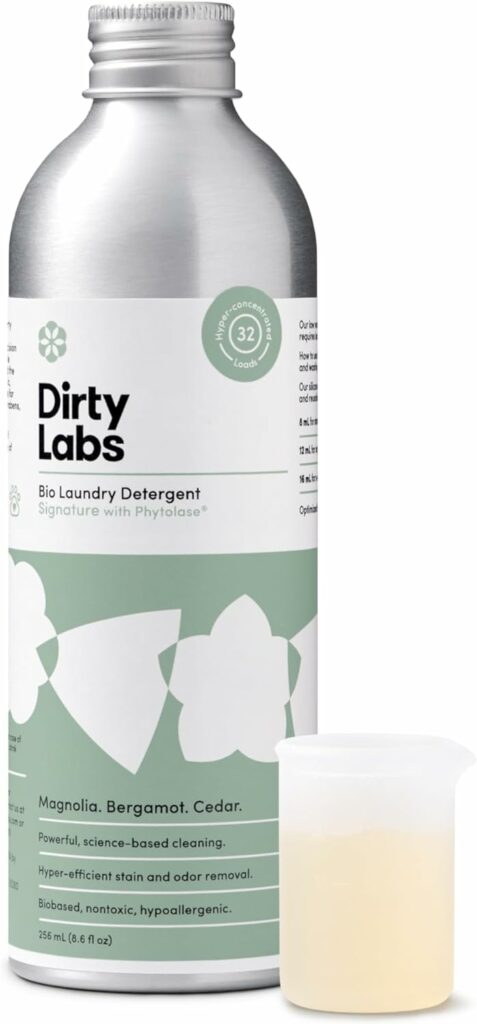
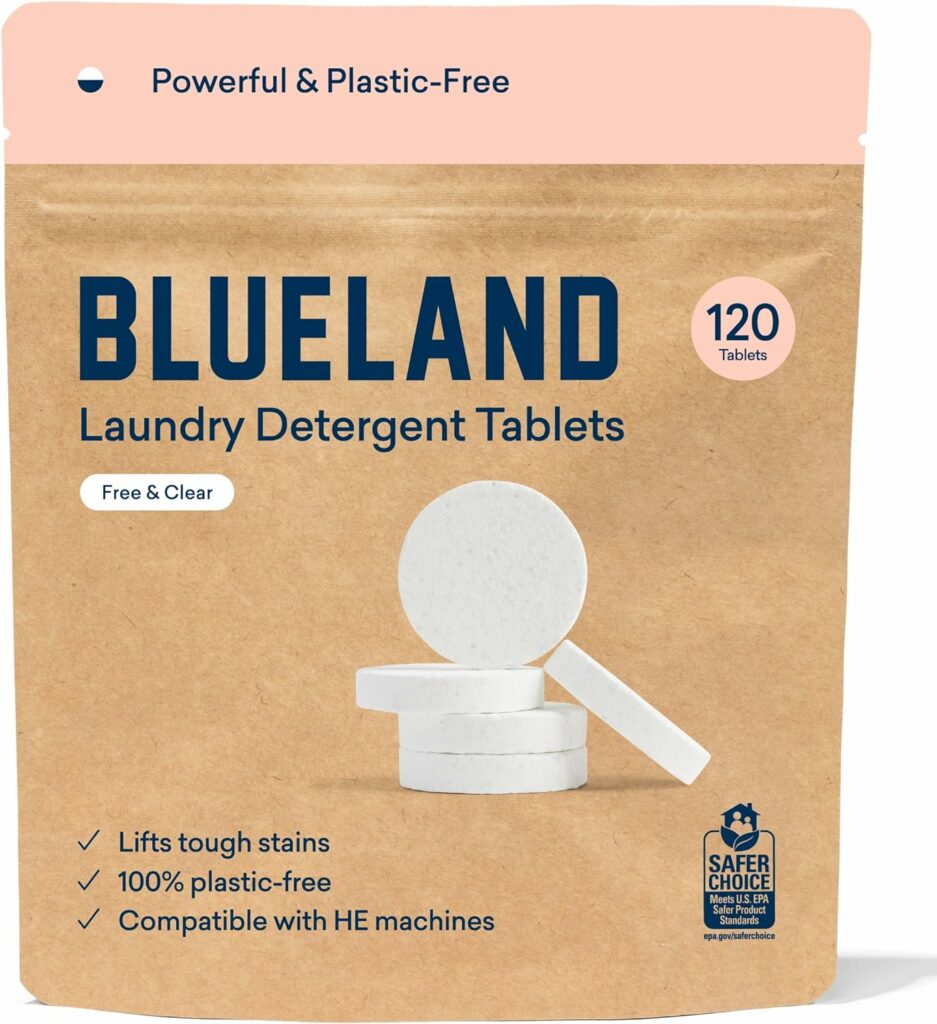
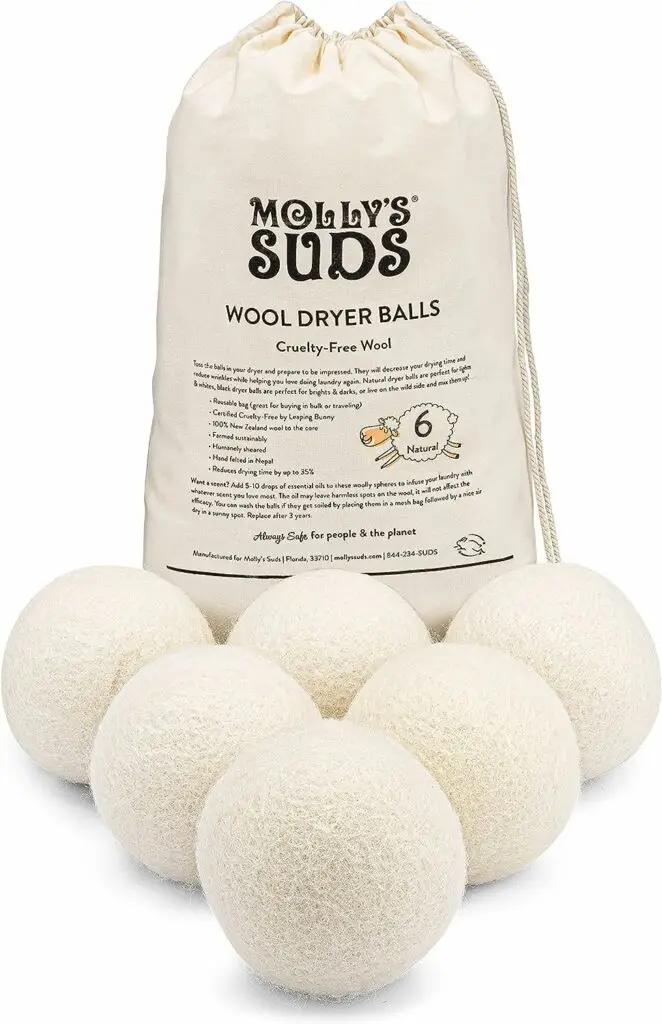
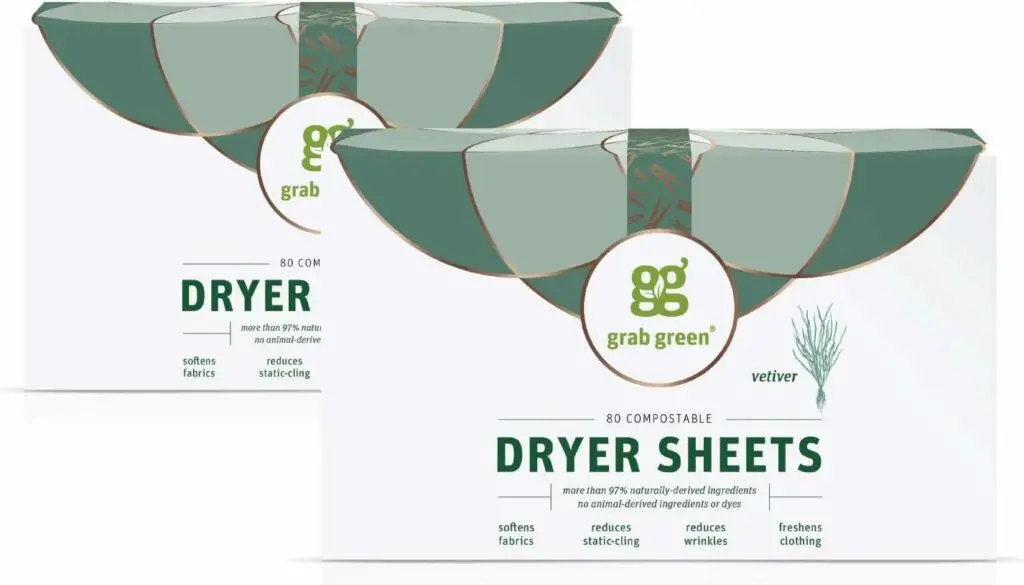
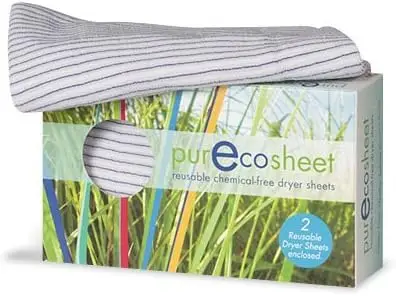
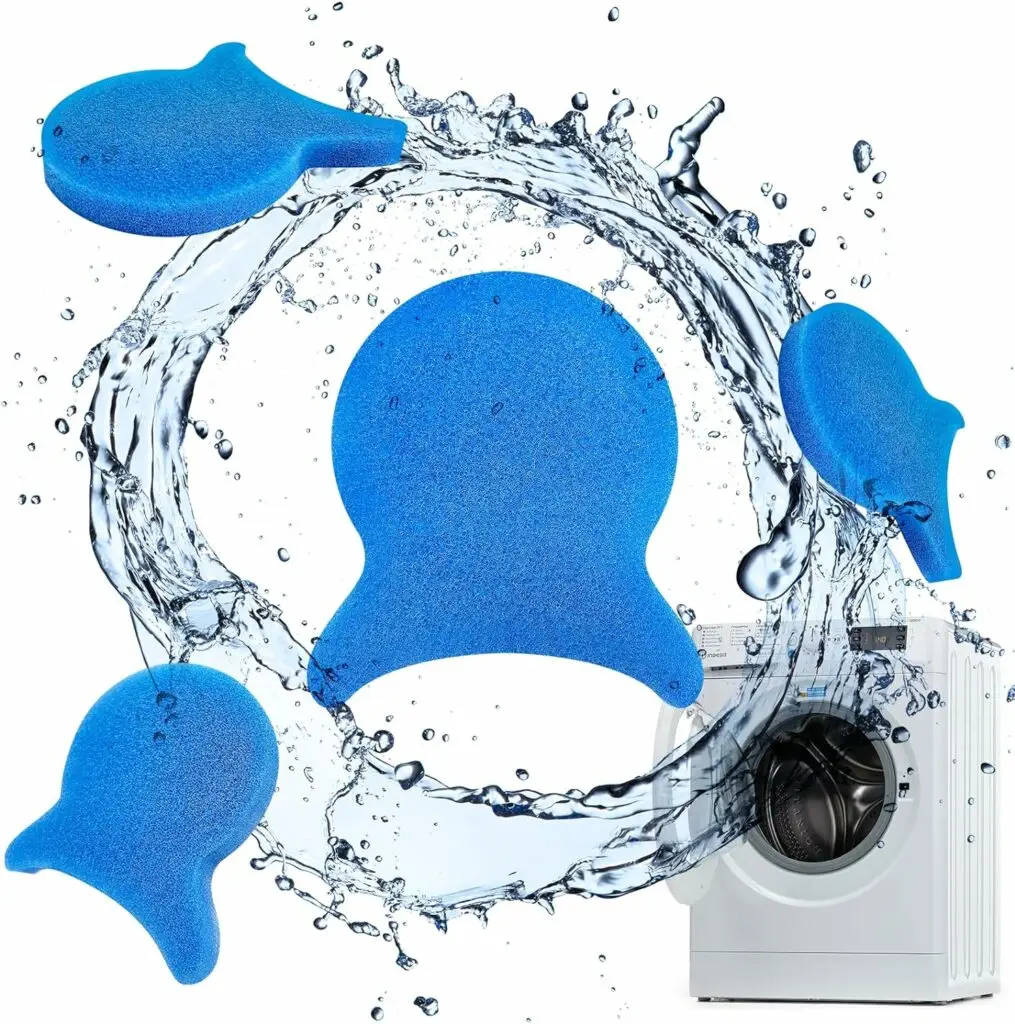
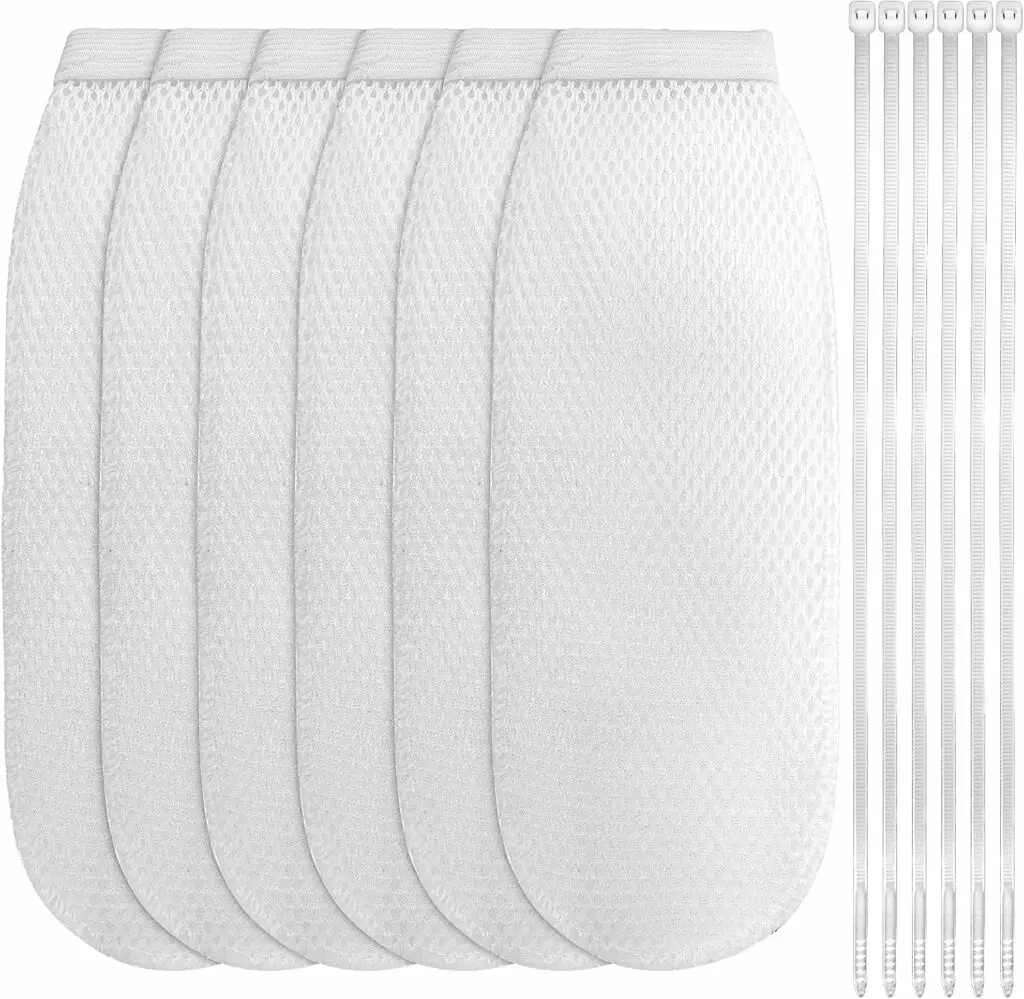
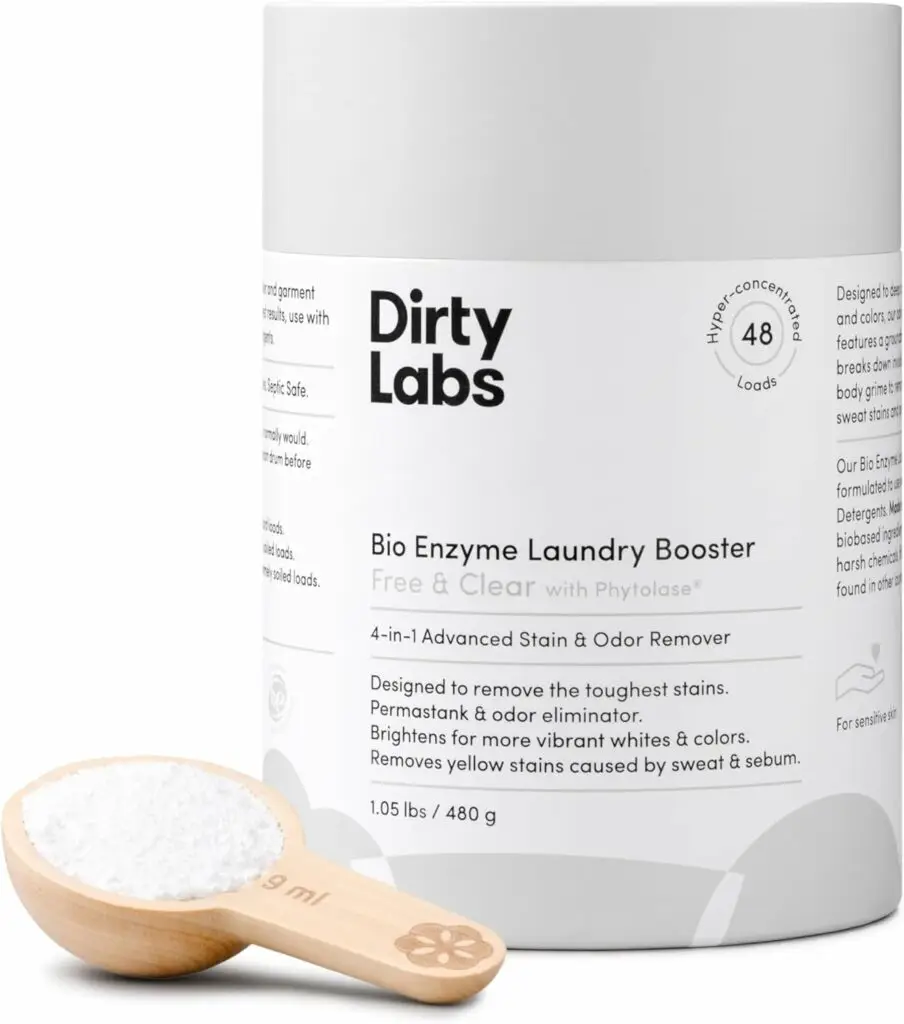
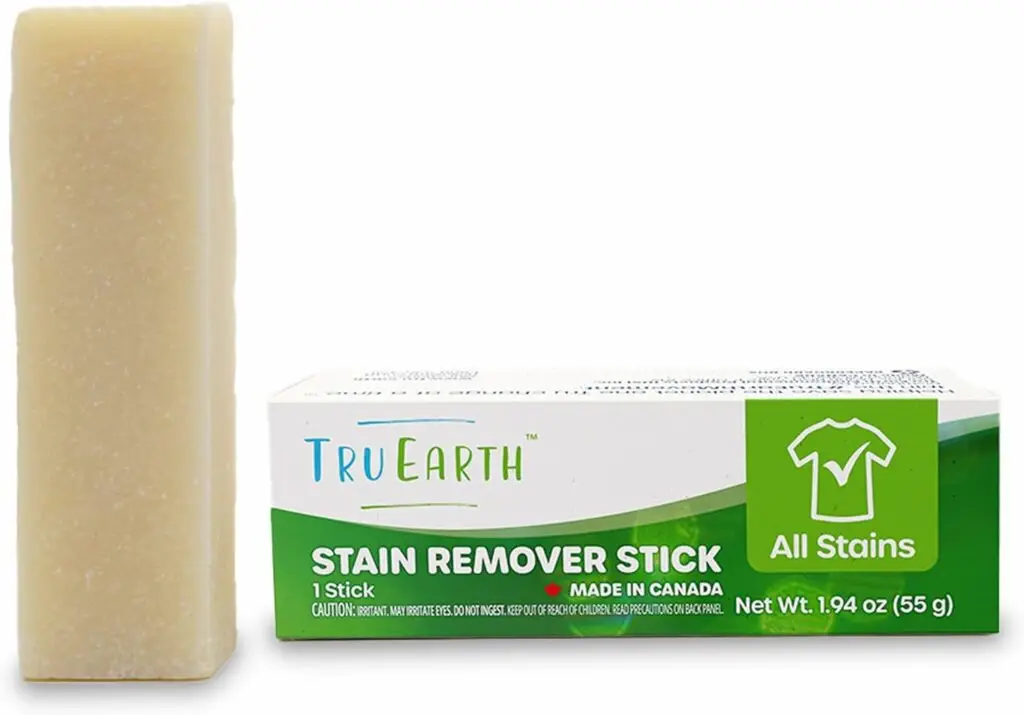
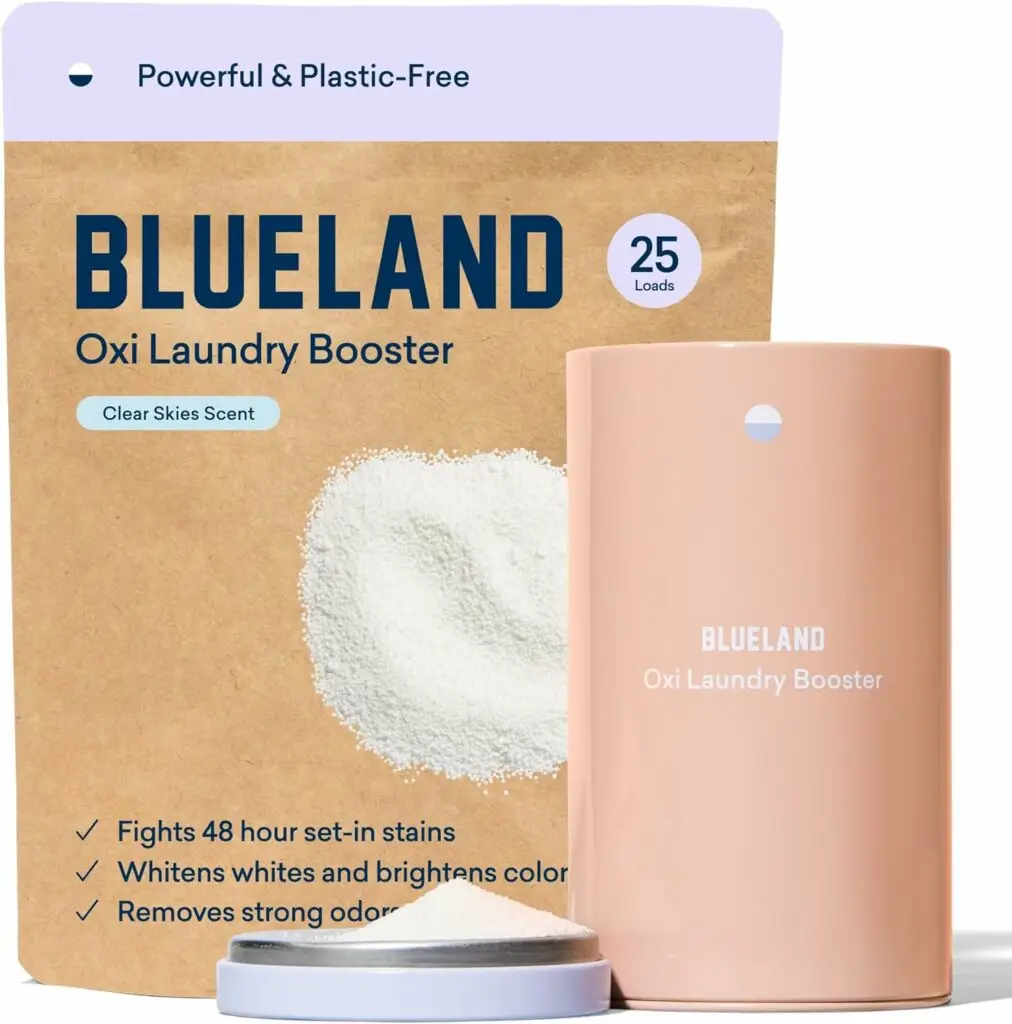
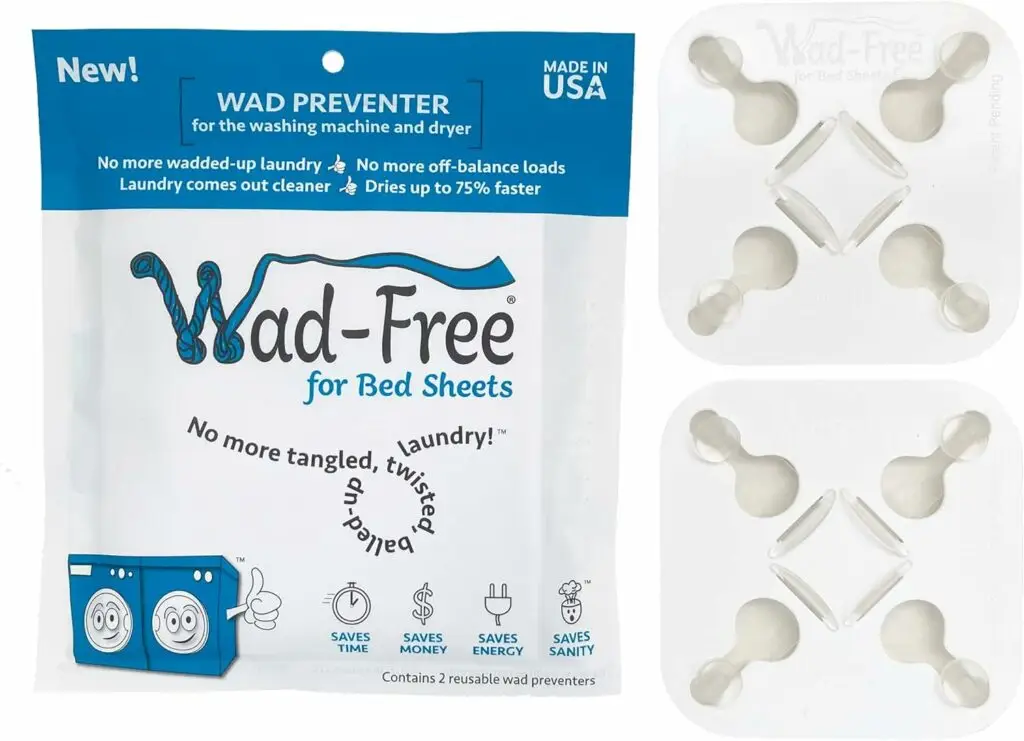

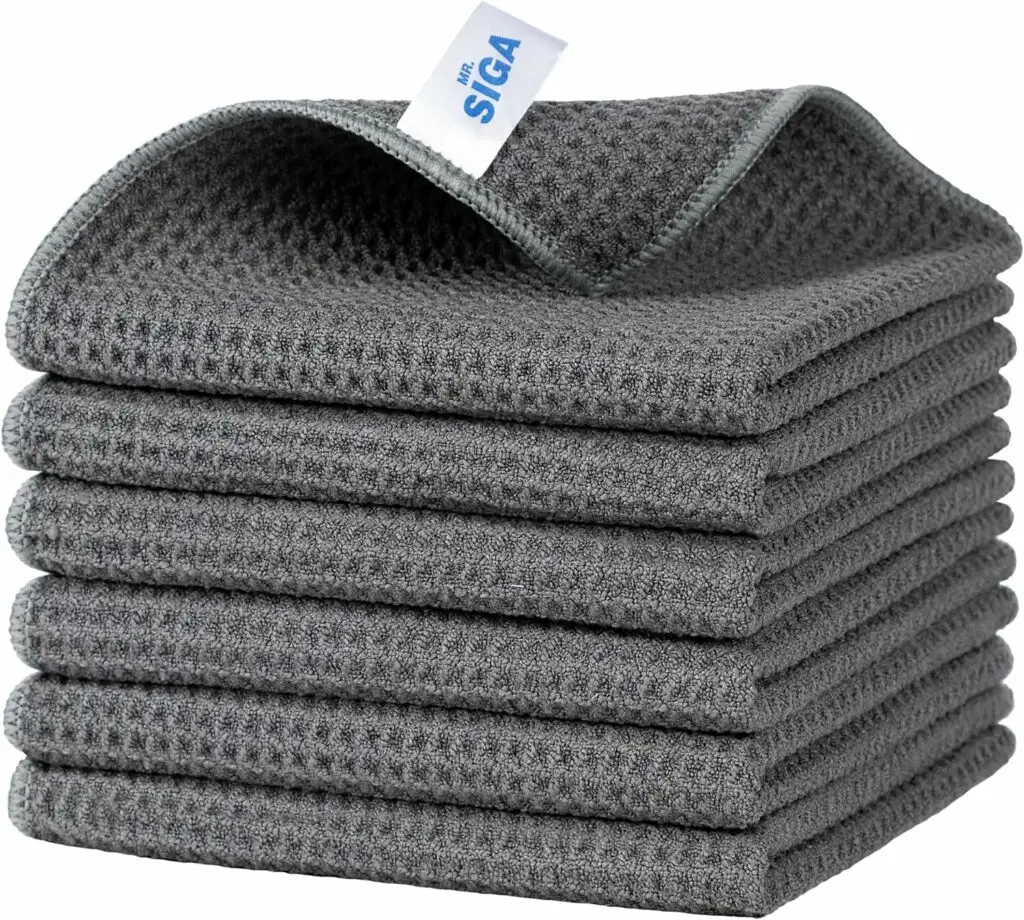
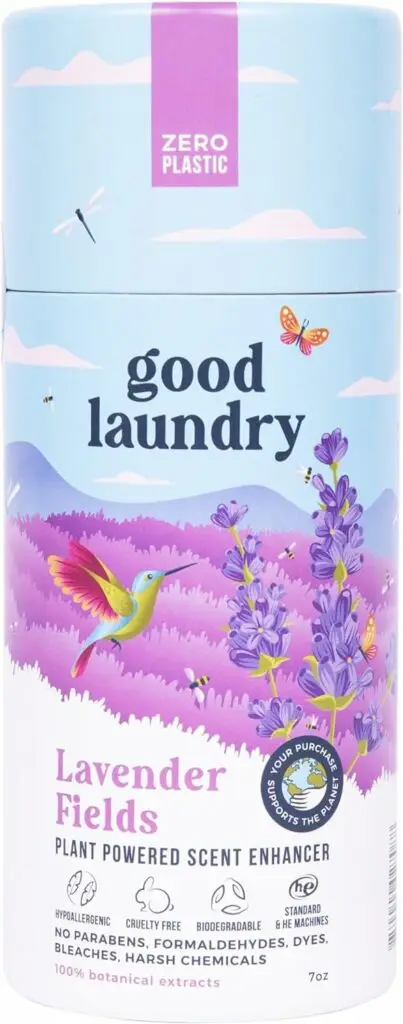
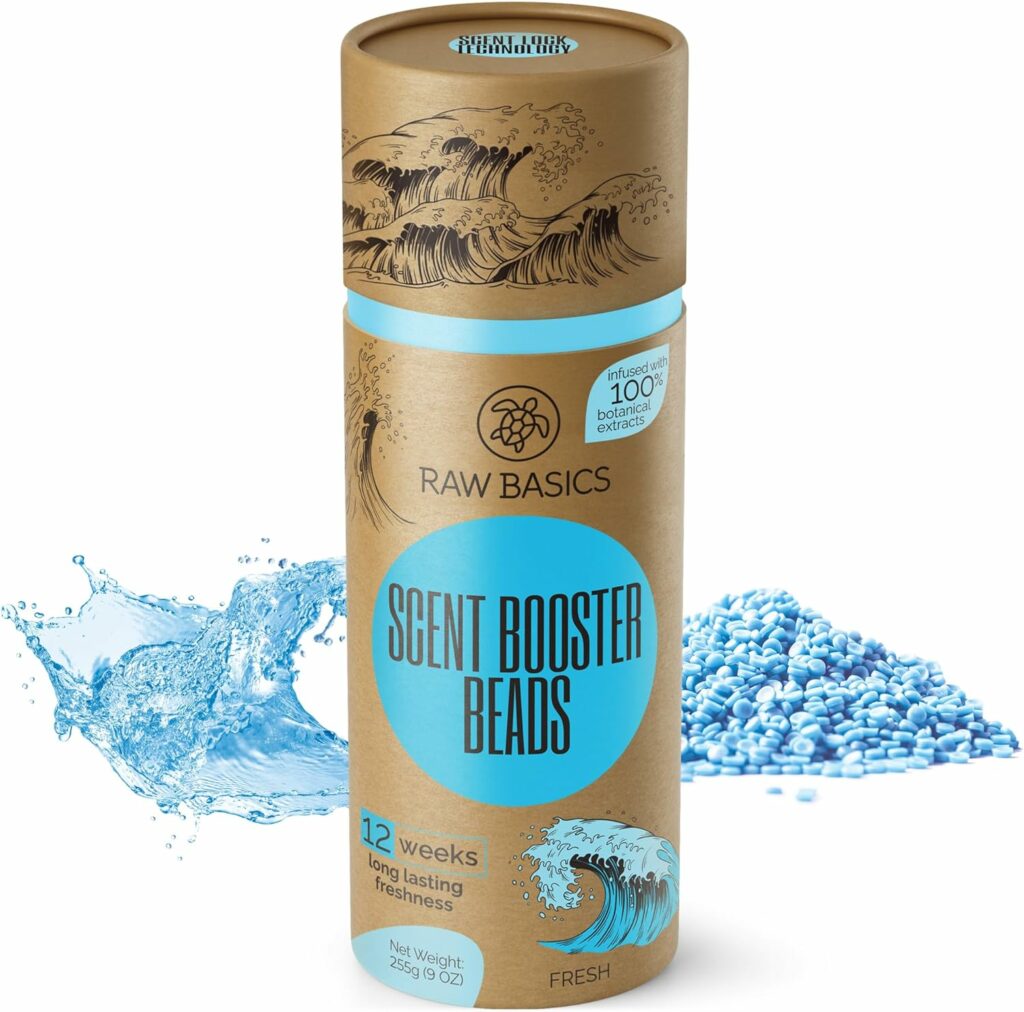
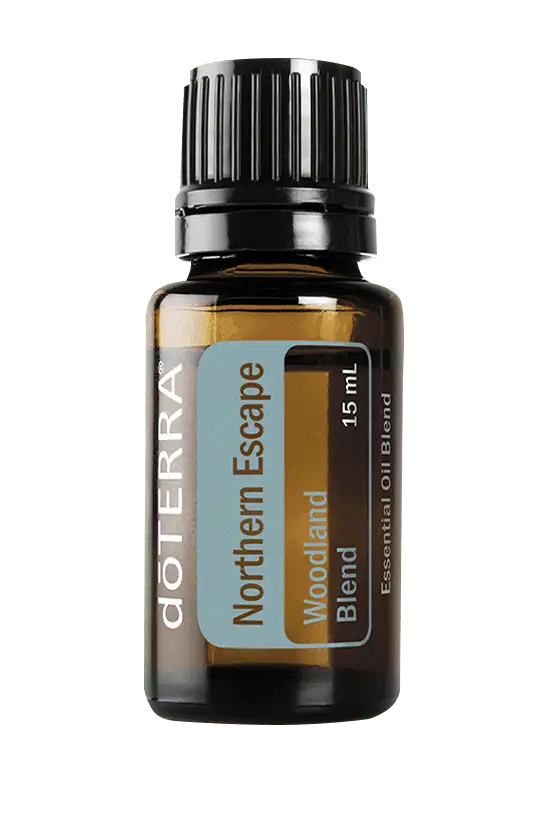
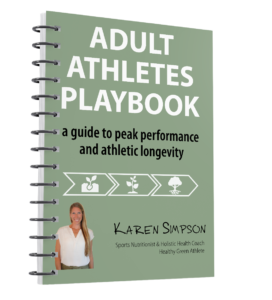

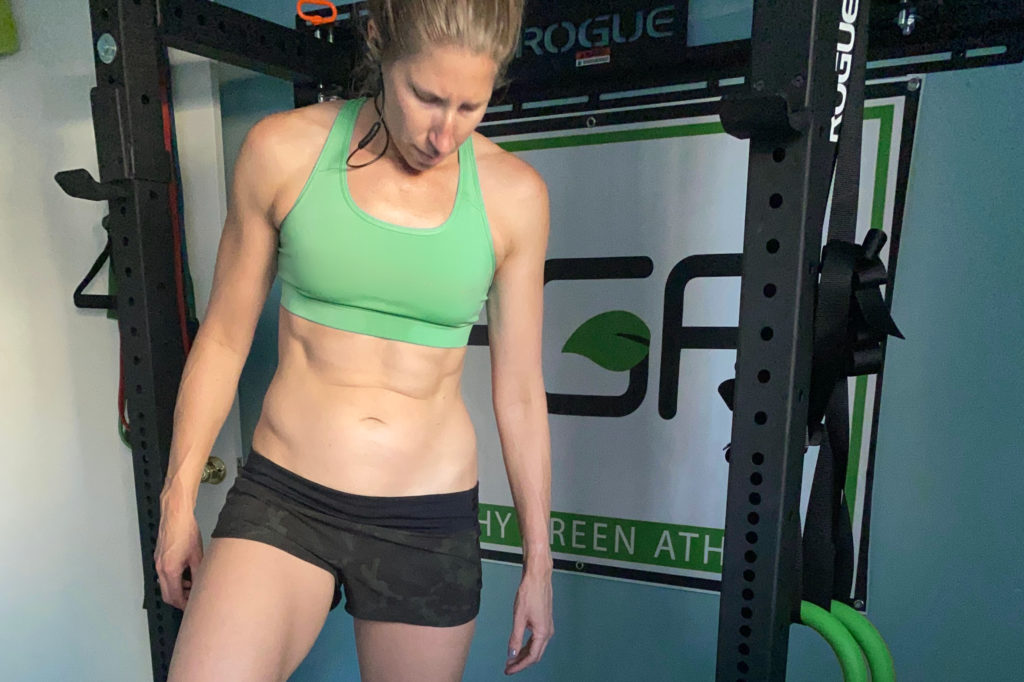

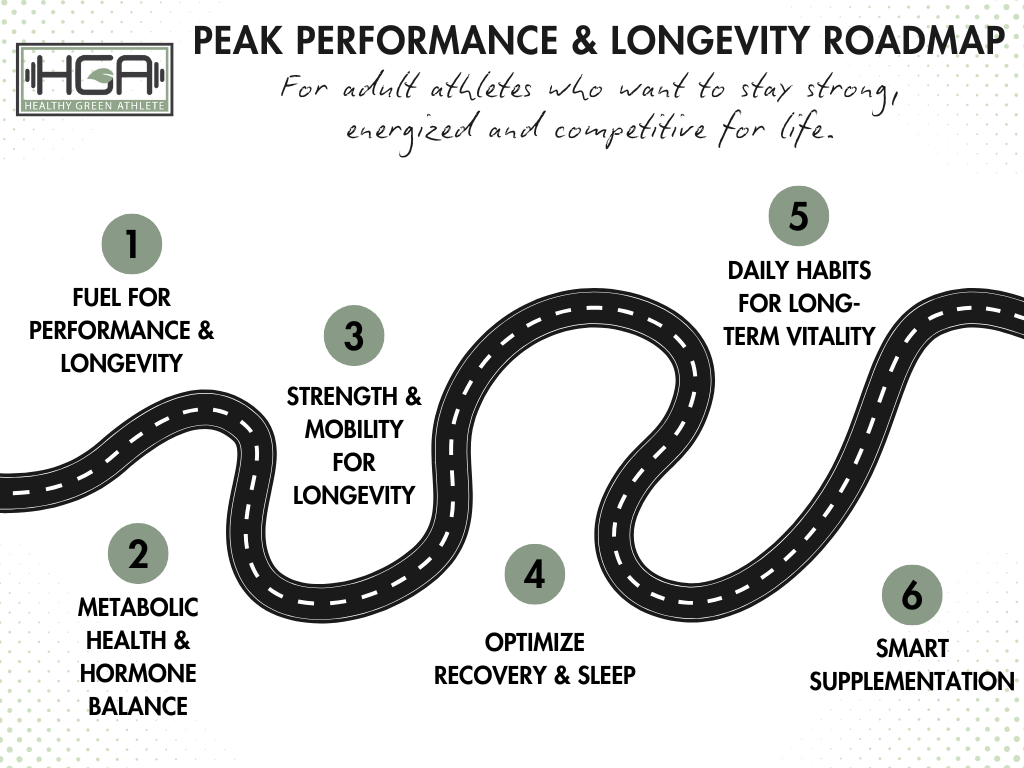
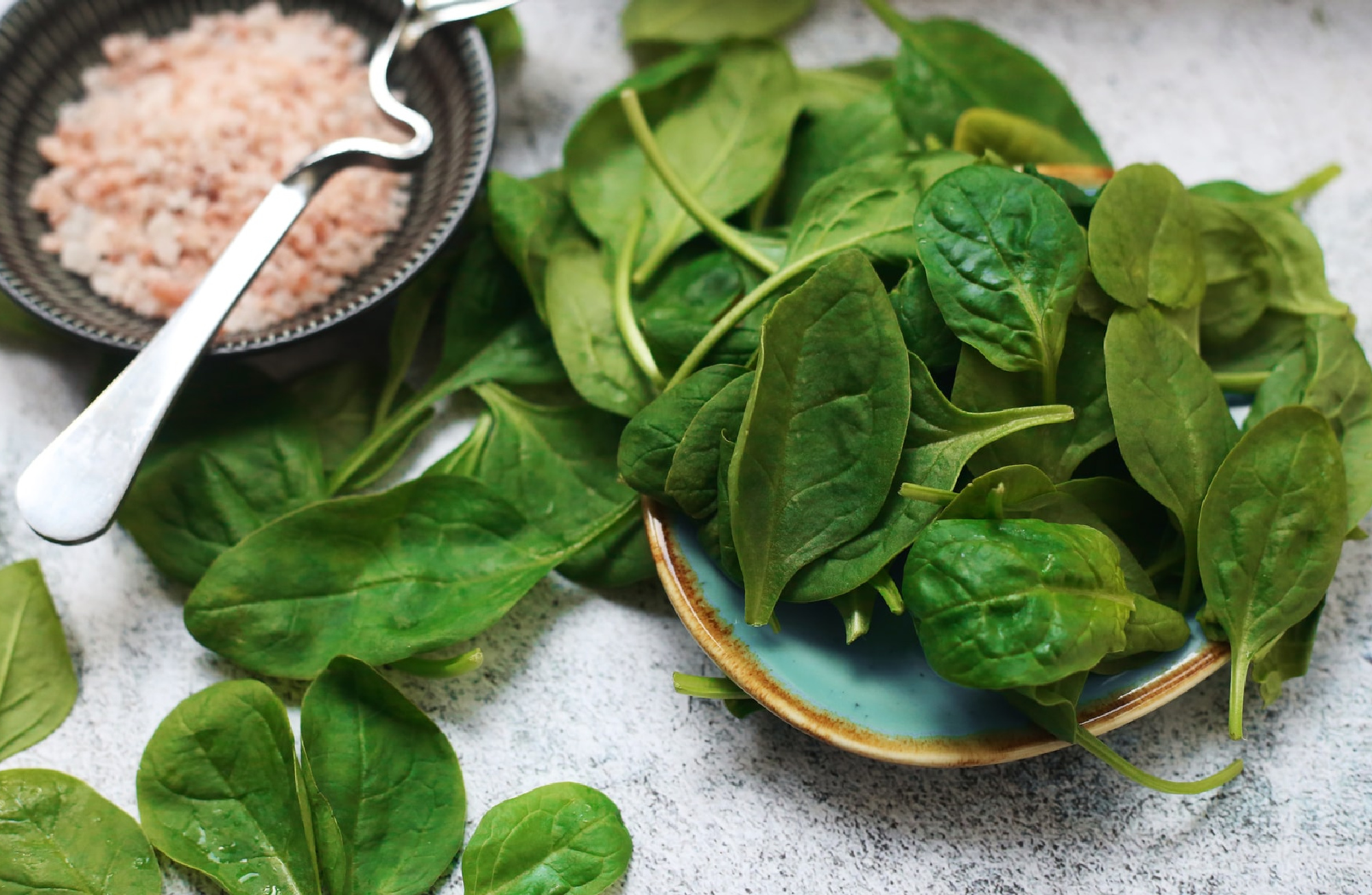
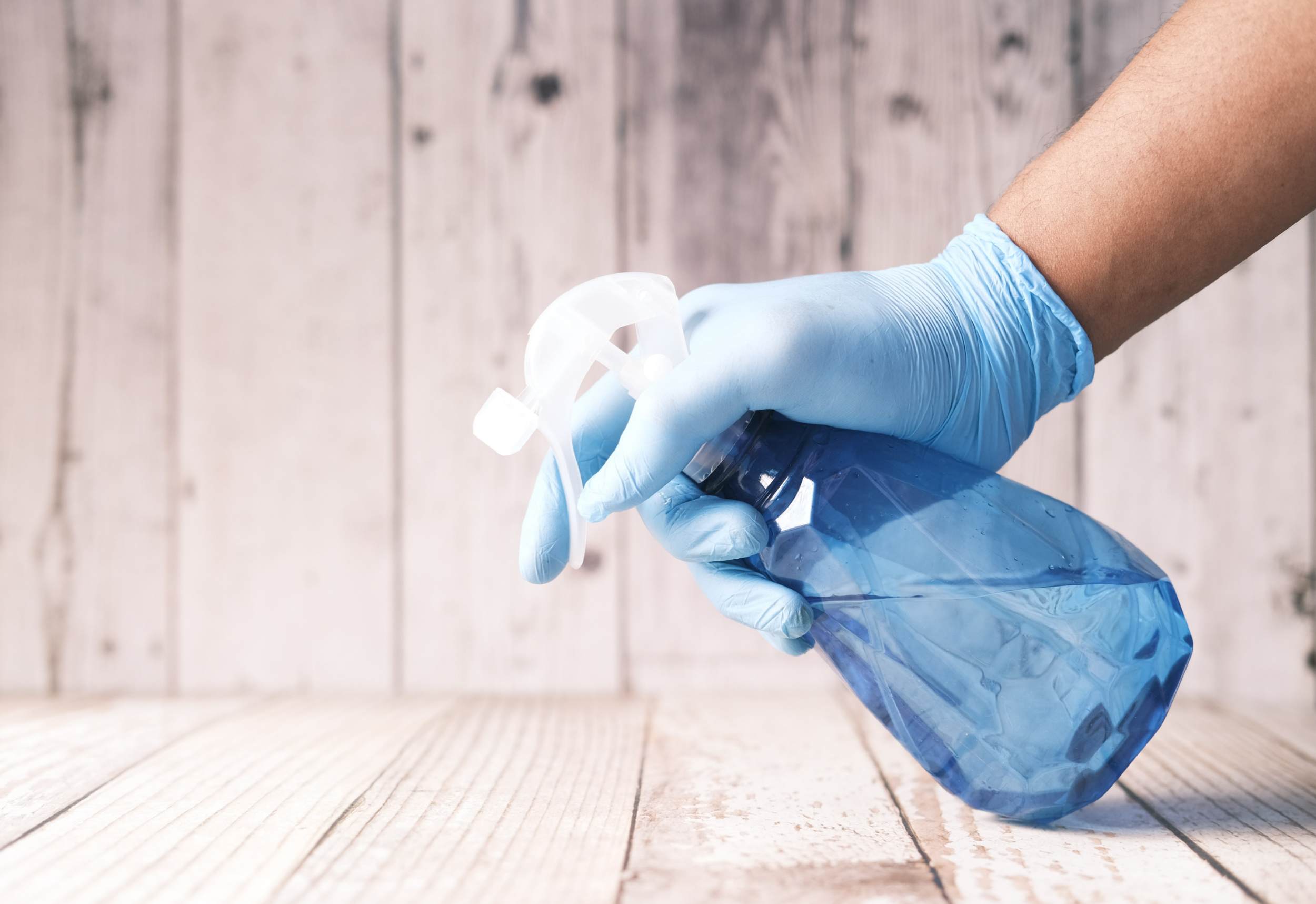

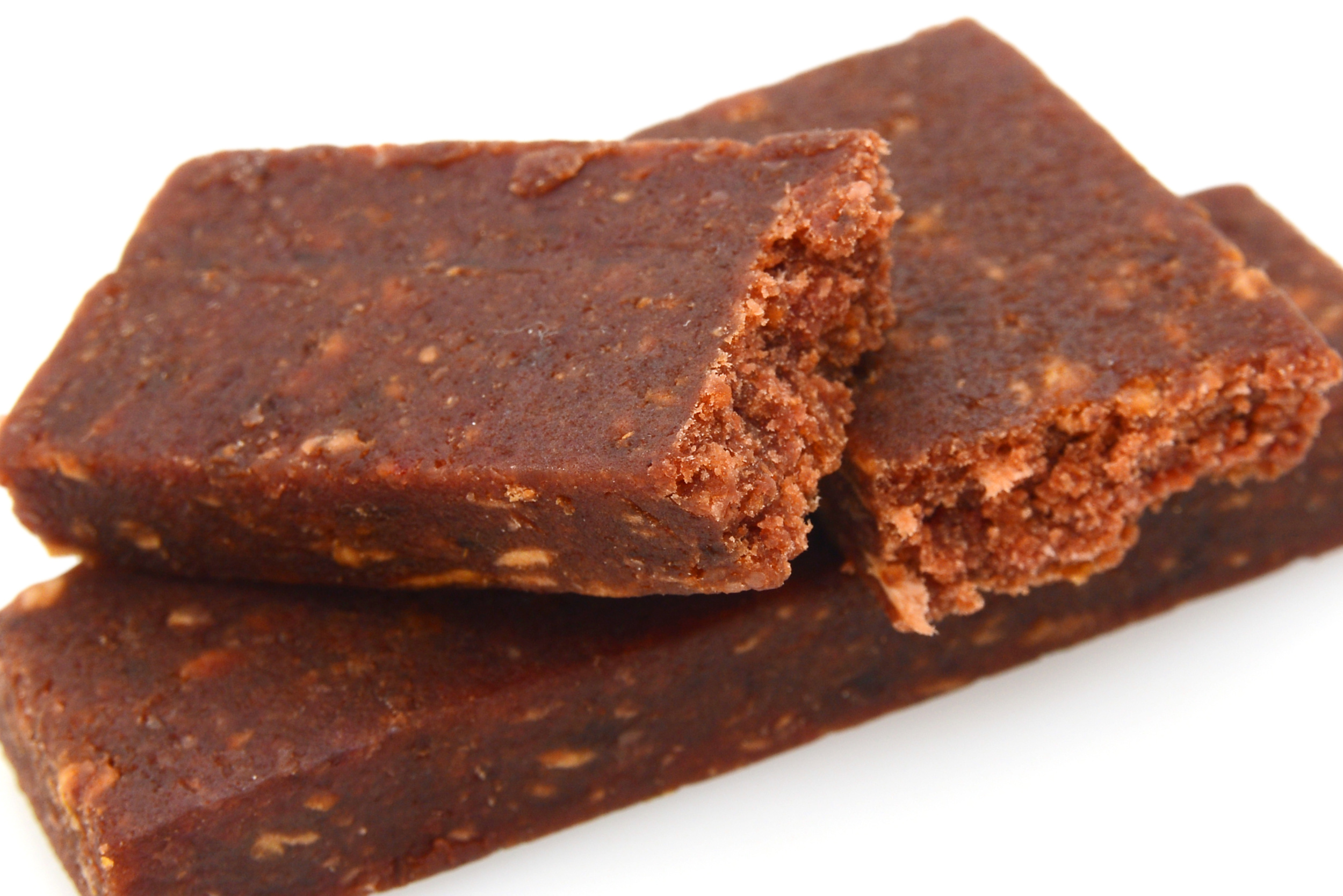


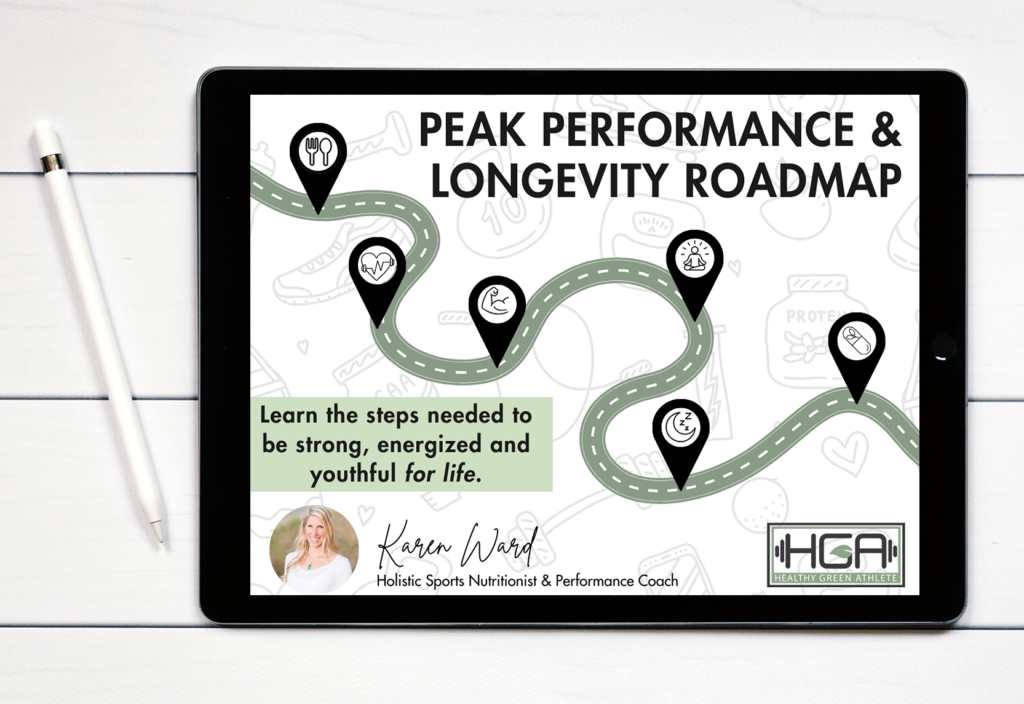
One Comment
Pingback: